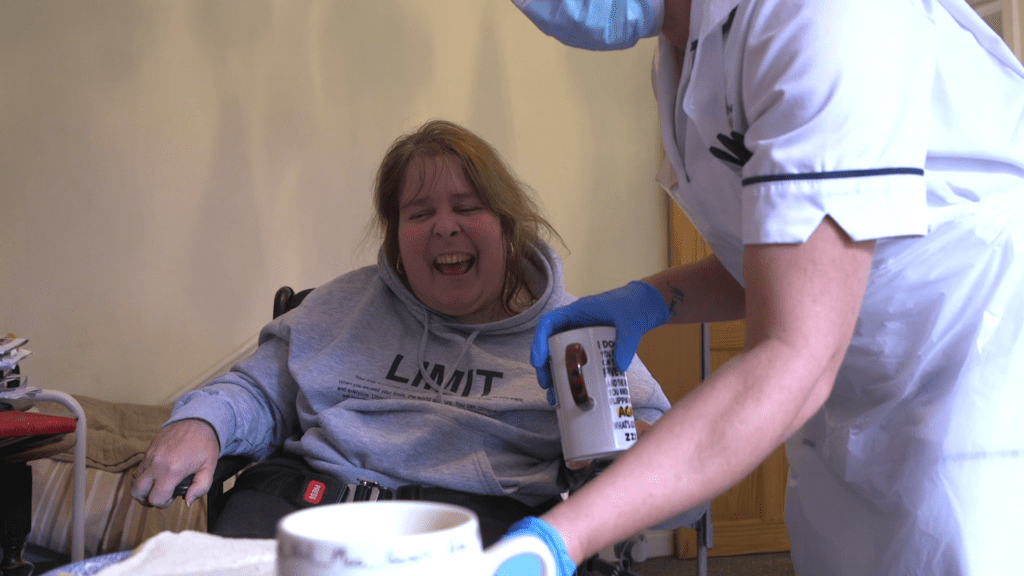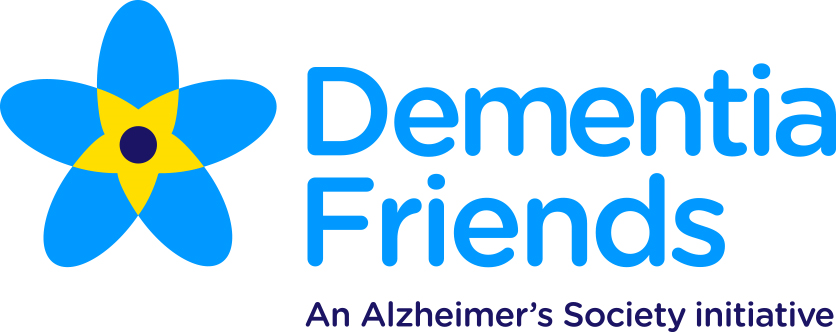In recent years, technology has become a game-changer in the field of healthcare, transforming the way we deliver and receive care. One area where technology has made significant strides is in enhancing at-home care services. By leveraging innovative solutions, technology has revolutionized the provision of care for individuals in the comfort of their own homes. In this blog, we will explore the profound impact of technology in improving the quality and accessibility of at-home care services.
How does technology improve the quality of care?
The role of technology in enhancing the quality of at-home care services is pivotal in several ways:
- Remote monitoring: Advanced monitoring systems allow healthcare providers to remotely track vital signs, medication adherence, and overall health status of patients. This proactive approach enables early detection of potential issues and timely intervention, resulting in improved health outcomes.
- Electronic health records (EHRs): EHRs facilitate seamless communication and information sharing among care providers, ensuring accurate and up-to-date medical records. This enables comprehensive and coordinated care delivery, minimizing errors and enhancing the overall quality of care.
- Telehealth and telemedicine: Through video consultations and virtual visits, patients can connect with healthcare professionals remotely. This technology enables prompt access to care, reduces travel burdens, and ensures continuity of care, particularly for individuals with limited mobility.
What is the role of technology in health and social care?
Technology has a multifaceted role in health and social care, particularly in the context of at-home care services:
- Communication and connectivity: Digital communication platforms facilitate real-time communication between caregivers, patients, and their families. This seamless connectivity ensures efficient care coordination, enhances collaboration, and keeps everyone involved informed about the patient’s progress.
- Assistive technologies: Technology-driven assistive devices and tools empower older individuals to maintain independence and safety at home. Examples include fall detection systems, medication reminders, smart home automation, and wearable health monitoring devices.
- Personalized care management: Mobile applications and software platforms enable personalized care planning, scheduling, and tracking of care activities. Caregivers can access relevant information, manage tasks, and provide tailored care plans, leading to improved patient outcomes and increased efficiency.
What is home care technology?
Home care technology refers to a range of innovative solutions designed to support and enhance care delivery in the home environment. These technologies encompass various devices, software applications, and monitoring systems that facilitate remote care, improve safety, and promote overall well-being.

Why is technology-enabled care important?
Technology-enabled care plays a crucial role in addressing the evolving needs of individuals receiving at-home care services:
- Independence and empowerment: Assistive technologies promote independence, enabling individuals to perform daily tasks, monitor their health, and live more fulfilling lives while maintaining a sense of autonomy.
- Cost-effectiveness: Technology-enabled care reduces the need for frequent hospital visits, emergency room admissions, and extended institutional care. By shifting the focus to home-based care, technology helps optimize resource utilization and reduces healthcare costs.
- Accessibility and convenience: Technology enables individuals to access care from the comfort of their own homes, eliminating geographical barriers and ensuring care is readily available. This is particularly beneficial for those living in remote areas or with limited mobility.
Examples of assistive technology for older people include smart home devices like voice-activated assistants, wearable health trackers, emergency response systems, medication management tools, and home safety monitoring systems. These technologies enable older adults to remain independent, improve their safety, and receive timely assistance when needed.
Technology is a game-changer in the field of at-home care services, enhancing the quality, accessibility, and overall experience for individuals in need of care. From remote monitoring to assistive technologies, the impact of technology is profound. As technology continues to advance, we can expect even more innovative solutions that will further revolutionize at-home care services, empowering individuals and improving their well-being in the comfort of their own homes.





